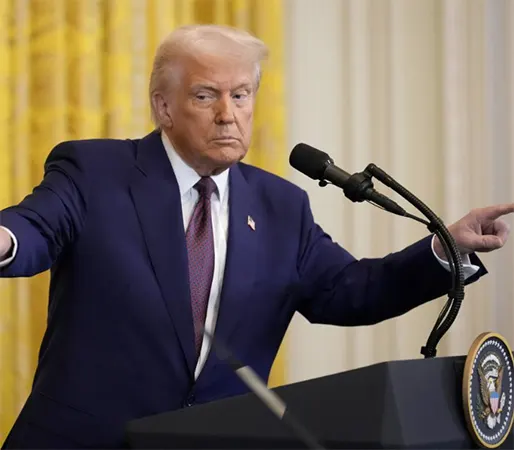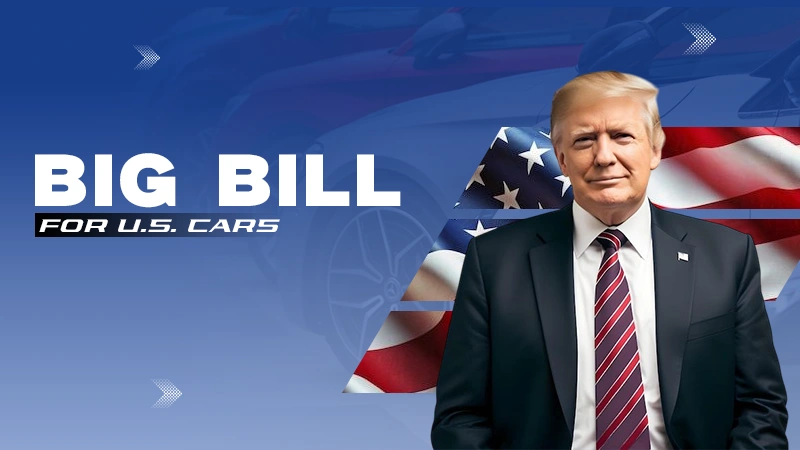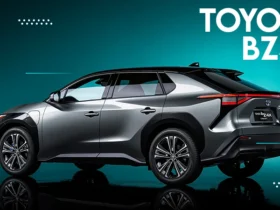One specific clause buried among all the enthusiasm for the ‘One Big Beautiful Bill’ went overlooked, but this clause is now poised to herald the rebirth of the legendary American vehicle. Driven by a sense of urgency caused by the Arab oil embargo and mistaken projections indicating that the world was running out of oil, Congress passed the Energy Policy and Conservation Act in 1975.

One Big Beautiful Bill law gave governmental officials the ability to set corporate average fuel economy for cars sold inside the United States. This law states that if an automaker’s whole model for a certain year fell short of the miles per gallon target set by the government, the company would be subject to significant penalties.
According to “One Big Beautiful Bill,” first set at 18 mpg in 1978, the standard rose to 27 mpg in just six years. Though these rules may not be widely known by the public, their effects were disastrous: thousands of pointless highway deaths, inflated car prices, and ultimately, little gasoline savings resulted from them.
The most basic way to improve fuel economy was to lighten and scale down autos; therefore, Detroit greatly reduced its line-up. Engine power was decreased, wheelbases were shortened, and any design features that added weight were removed. From 1974 to 1977, for instance, the traditional Cadillac Coupe de Ville saw a wheelbase decrease of almost nine inches and a weight drop of 1,000 pounds. GM discontinued this model completely in 2005.
Despite the scale down, Argentina sees a massive 44% jump in new car sales. The federal mileage standards unintentionally helped foreign manufacturers, whose typically smaller vehicles gained thereby to the disadvantage of American companies concentrating on larger models like station wagons. In just four years, the share of imported automobiles jumped from 15% to more than 25%.The fuel economy criteria also greatly increased the cost of cars. Automakers were forced to sell more small cars than customers wanted to satisfy the rules, which resulted in discounts on more compact models and higher pricing for larger vehicles.














Leave a Reply